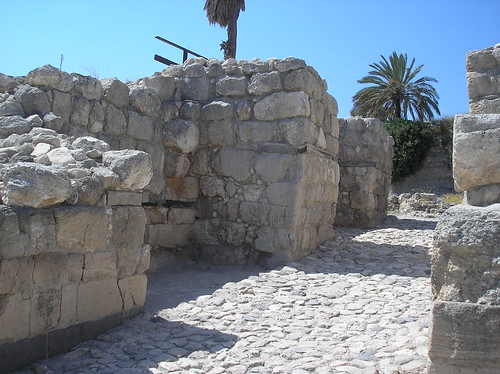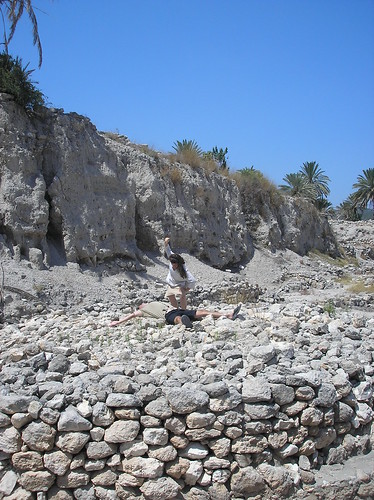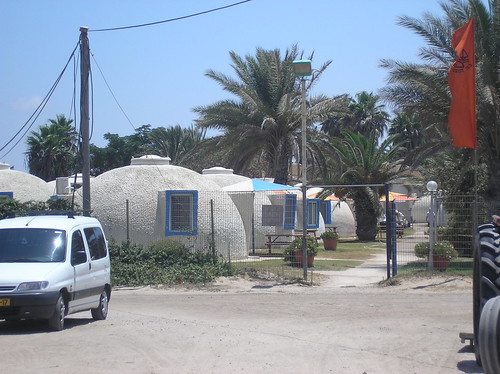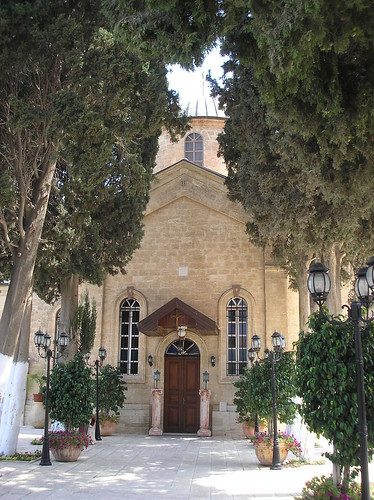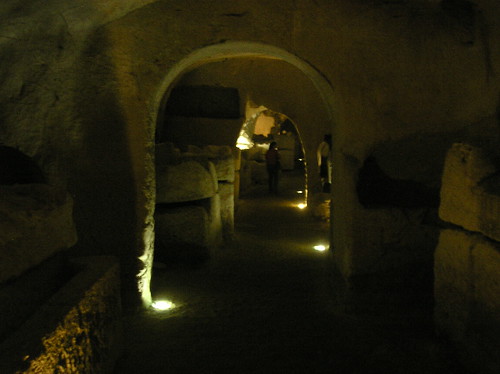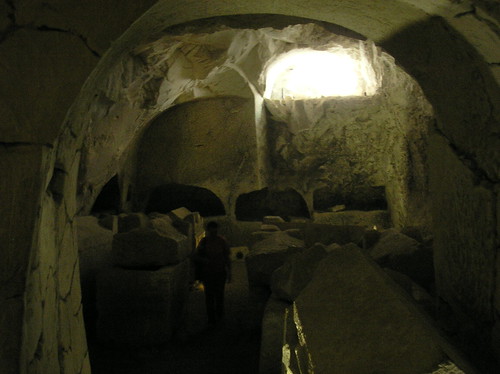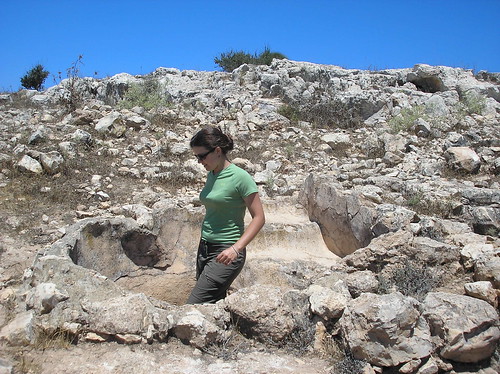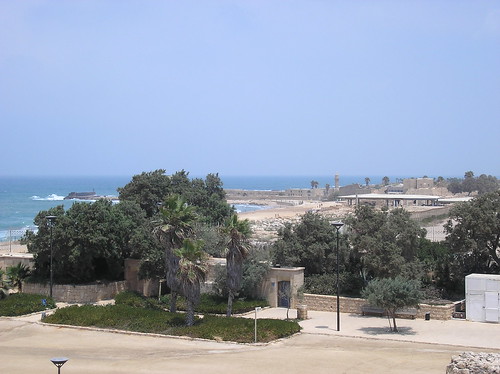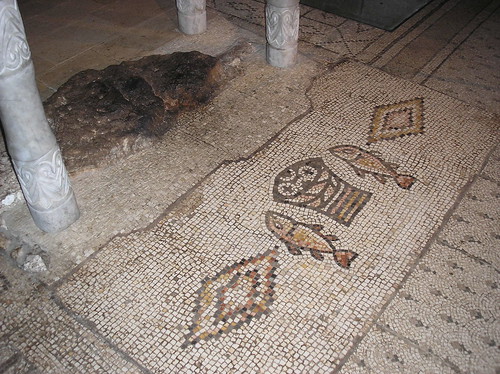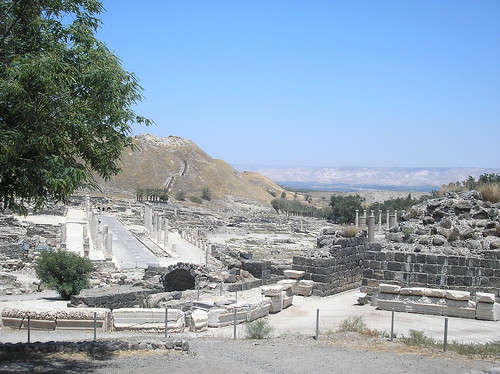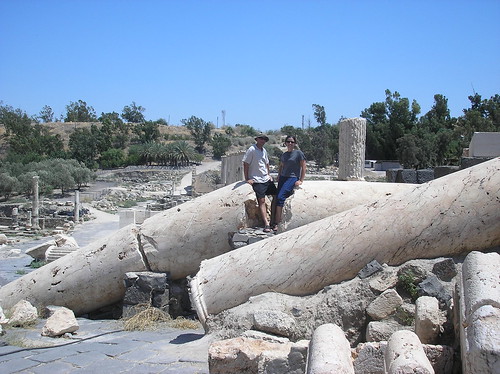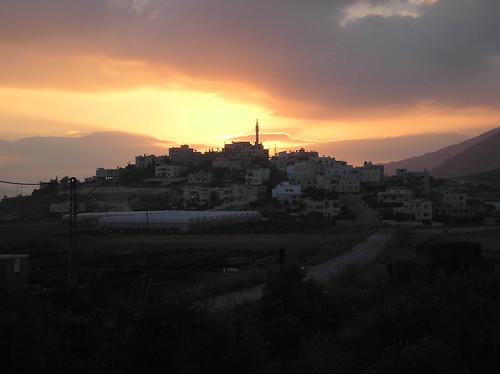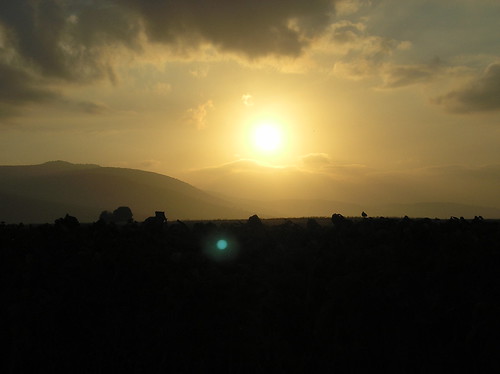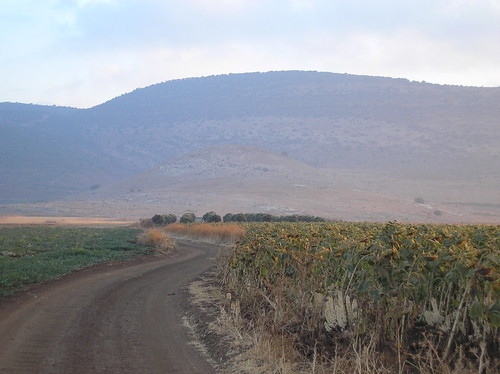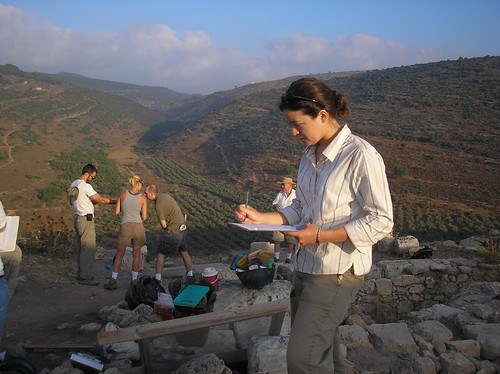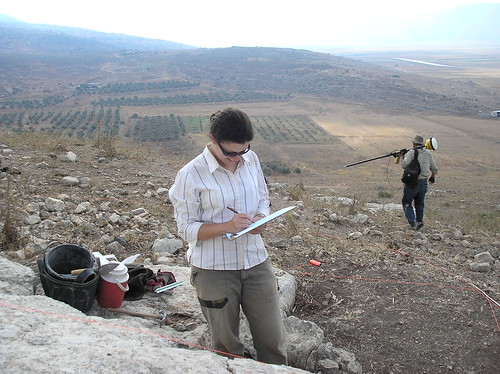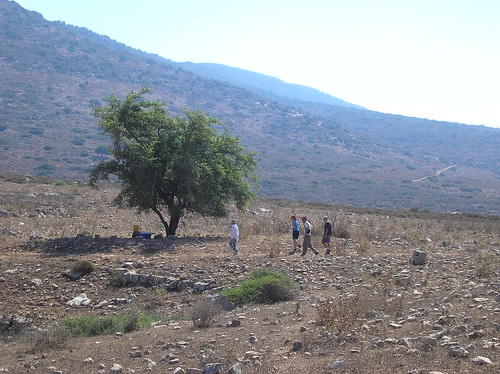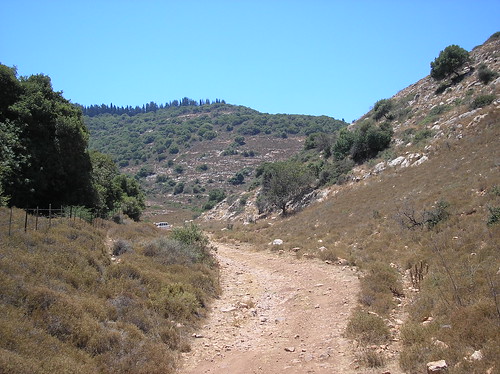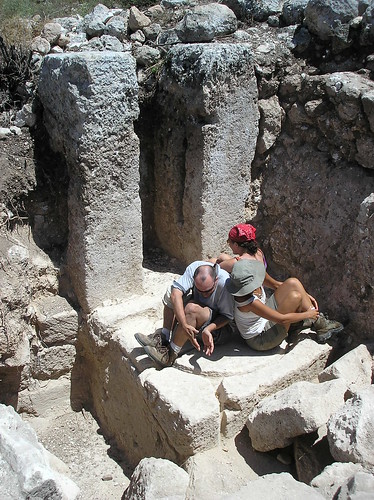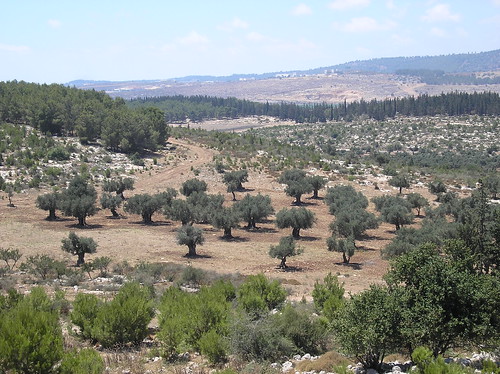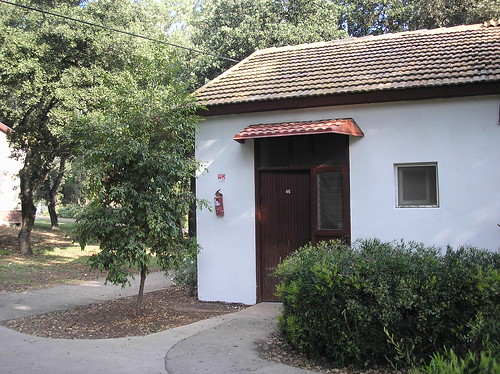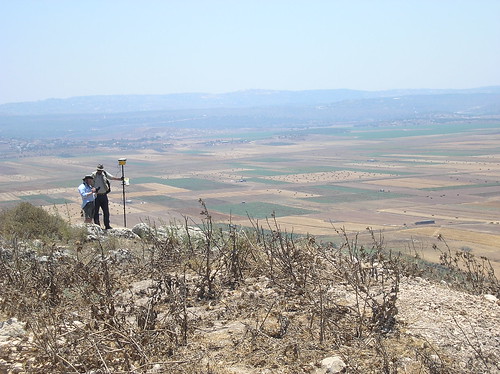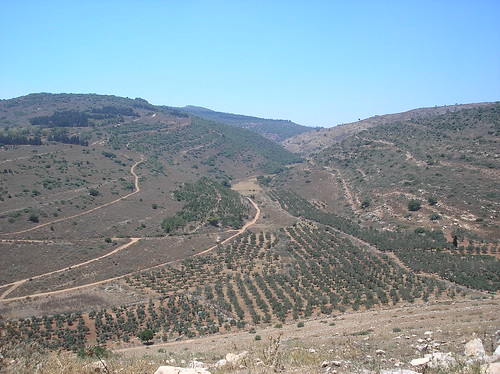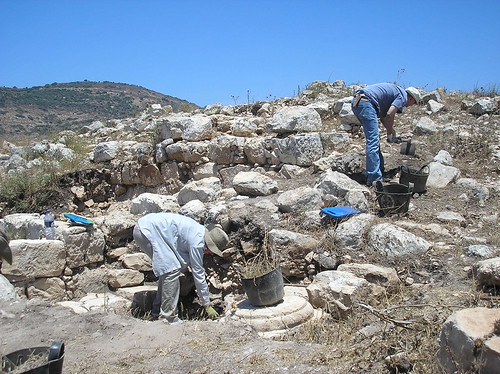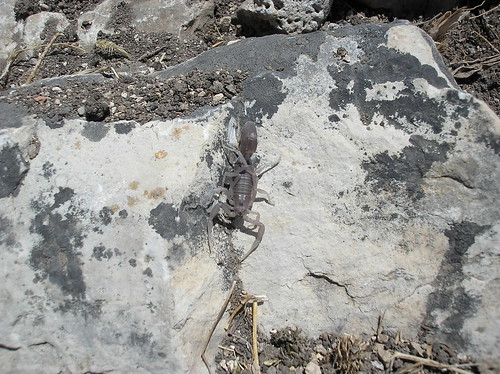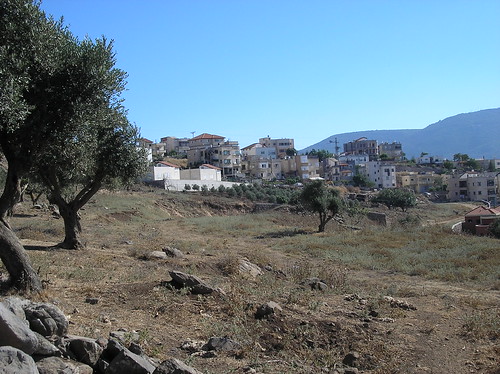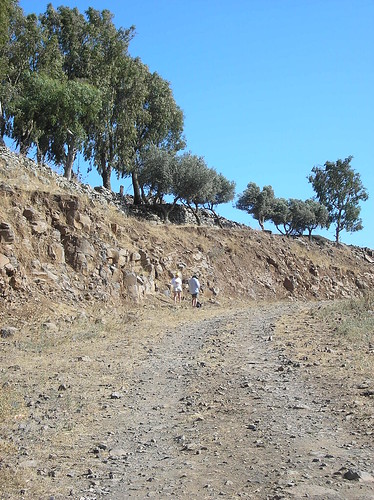Welcome to the first installment of photos from my trip. I'm working at Khirbet Qana (the ruins of Cana) as a supervisor in the field and in the laboratory. Be sure to click the "older posts" link at the bottom of the first screen to see all the pictures.
The Players:
Doug--the dig director and Professor of Religion at the University of Puget Sound
Tom--a field supervisor and Professor at Centre College in Danville, KY
Barry--geologist from the University of Puget Sound
Gary--(aka Termite) 65, runs his own termite extermination business. Has no formal archaeological training but has been coming to Israel every dig season since 1970.
BW--68, volunteer and philanthropist extraordinaire
Randy--volunteer from NYC, works for a law firm
Lauren & Ryan--the newlyweds (as of last week). Live and work in the DC area. Lauren, Tom's daughter, for different media groups and Ryan, a high school teacher
Helen--high school student and Doug's daughter
Kim--working on her MDiv at Yale, no dig experience prior to this excavation
Liz--will start Master's in contemporary Spanish literature in the fall, former student of Doug's
